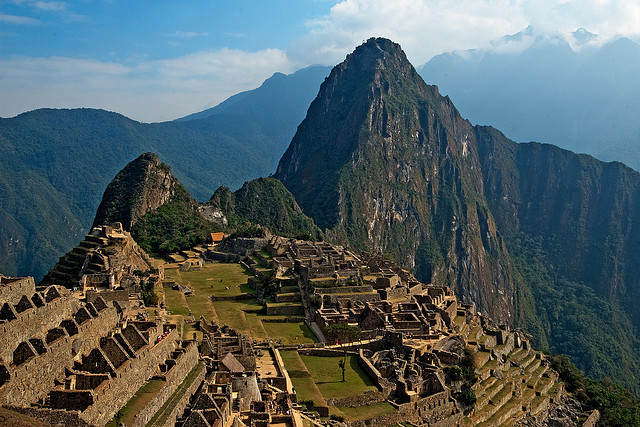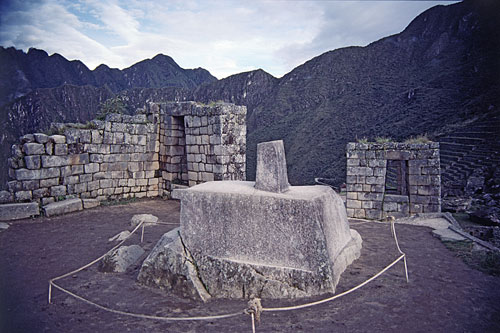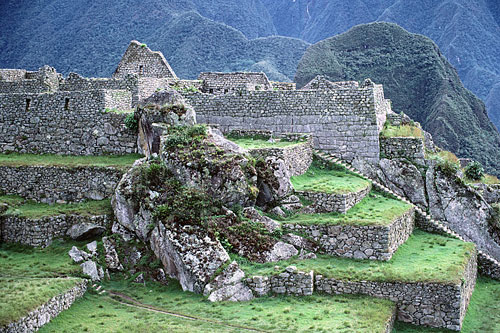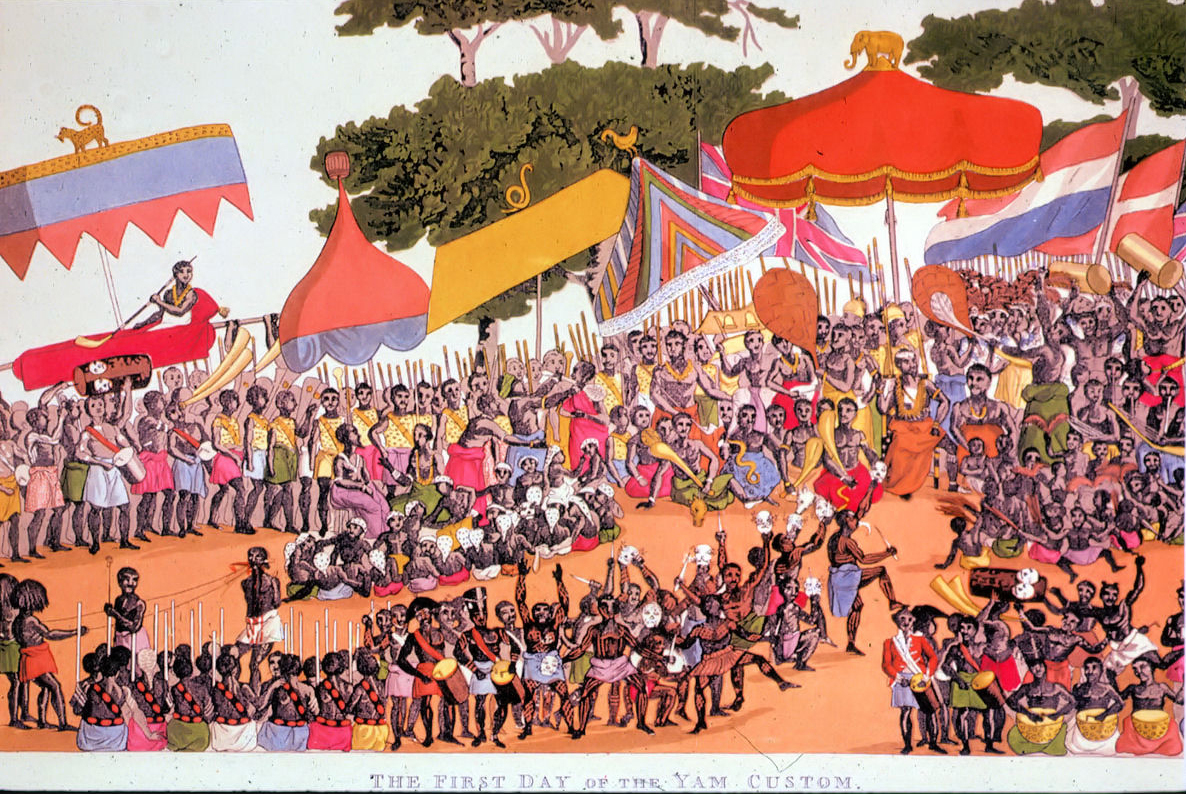Inca Ruins Peru |
The most beautiful and impressive ancient Inca ruins in the world, Machu Pichu was rediscovered in 1911 by Hawaiian historian Hiram after it lay hidden for centuries above the Urubamba Valley. The "Lost City of the Incas" is invisible from below and completely self-contained, surrounded by agricultural terraces and watered by natural springs. Inca Ruins Peru Machu PichuAlthough known locally, it was largely unknown to the outside world before being rediscovered in 1911. Since then, Machu Picchu has become the most important tourist attraction in Peru.
Inca TemplesTwo thousand feet above the rumbling Urubamba river, the cloud shrouded ruins have palaces, baths, temples, storage rooms and some 150 houses, all in a remarkable state of preservation. These structures, carved from the gray granite of the mountain top are wonders of both architectural and aesthetic genius. Little is known of the social or religious use of the site during Inca times. The skeletal remains of ten females to one male had led to the casual assumption that the site may have been a sanctuary for the training of priestesses and /or brides for the Inca nobility. However, subsequent osteological examination of the bones revealed an equal number of male bones, thereby indicating that Machu Picchu was not exclusively a temple or dwelling place of women.
Shamanic legends tell that when a sensitive person touches their forehead to the Intihuatana stone it opens their vision to the spirit world. Intihuatana stones were the supremely sacred objects of the Inca people and were systematically searched for and destroyed by the Spaniards. When the Intihuatana stone was broken at an Inca shrine, the Inca believed that the deities of the place died or departed.
Inca EmpireSupply lines linking the many Inca social centers were disrupted and the great empire came to an end. As with the ruins of Machu Picchu, there is no archaeological or iconographical evidence to substantiate the "new-age" assumption that this cave was a goddess site. More Info on- Inca Trail Permits |






